The picture book is a precise balance between words and pictures; a complete work of art. If you are an author, a visual movie may play in your head as your story unfolds. You may have a completely different interpretation than an illustrator would have. But because our creative form relies on pictures to do at least half the work, it’s the combination of the two that really brings the art form to life.
Paul O. Zelinsky is living proof that hard work pays off. From his first publication at four years old to four Caldecott awards; one medal and three honors, Paul presses on to achieve new heights through illustration. He is also known as an author who retells fairy tales, his most famous being Rapunzel, which won the Caldecott Award. Looking at his work as a mentor model, he can definitely help us learn how to use these techniques in our own writing:
- Inspiration
- Scale
- Style
- Perspective
- Interplay
Below are examples of these techniques that can be found in Paul O. Zelinksy’s picture books.
INSPIRATION
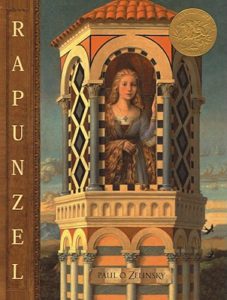
Upon opening to the first page of RAPUNZEL, you’ll see definite inspiration from classical art and research of the time period. The first image itself could be framed and hung in a museum of art. A brilliant work of art!
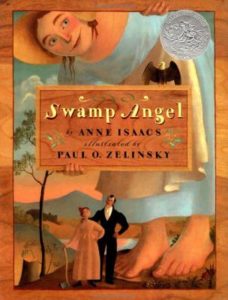
When you are dealing with a tall tale, and the main character is taller than the tale, scale becomes ultra important. Yet in SWAMP ANGEL, Paul manages to make Angelica Longrider larger than life because of her surroundings.
How does one go from dreamy, magical whimsy to playful, comical, and humorous? In HANSEL AND GRETEL, TOYS MEET SNOW and CIRCLE, SQUARE, MOOSE, Paul manages to show a wide range of ability through his illustration, which preaches testament to the fact that we all need to experiment and play with revision.
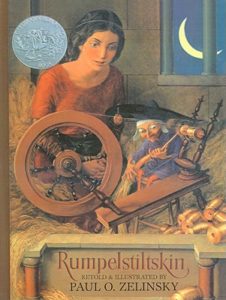
From the opening image in RUMPLESTILTSKIN, we see an incredible amount of focus on the miller’s daughter as she glances at her father. Through her eyes and facial expression, we see a shadow of worry, as if she senses tragic hardship is on the horizon. In the background, we see both her father and his horse looking back at her, as if to point like an arrow saying, “Here’s your way out of poverty.” We all interpret art differently, but as you read the text and think deeply about the art, you’ll see that Paul puts power in perspective through these masterful decisions.
Paul’s understanding of the great dance between words and art is evident in all of his work. But none more than as shown in CIRCLE SQUARE MOOSE and Z IS FOR MOOSE where the moose actually plays with the concept and story. Additionally, Paul’s collaboration with Jack Prelutzsky in the AWFUL OGRE series allows an entire world to come to life. What pictures do you conjure in your mind when you read a “rattlesnake awakens me” as is the case in AWFUL OGRE RISE? Take a look at Paul’s illustrations and I think you’ll agree that the whimsy he brings through interplay creates a more desirable, perfect world for the text.
In Behind the Scenes of an Author-Illustrator, Paul gives us a peek behind the curtain to show what the daily life of an author-illustrator is like including how he was inspired to begin illustrating, how to he decides what illustration style to use for each manuscript, and what it takes to make a succesful picture book. In his presentation, he does a live demonstration of art from Toys Meet Snow.
 Carrie Charley Brown is the founder and co-coordinator of ReFoReMo. She eats, sleeps, and breathes picture books as a writer, professional critique mentor, and contributor on various blogs such as Writer’s Rumpus. Carrie contributed as a 2014/2015 CYBILS fiction picture book panelist and donates a large part of her time to SCBWI North Texas as the Regional Advisor. She also produces kidlit videos and provides marketing services for authors and kidlit organizations. She has taught pre-k, kindergarten, first, and third grades.
Carrie Charley Brown is the founder and co-coordinator of ReFoReMo. She eats, sleeps, and breathes picture books as a writer, professional critique mentor, and contributor on various blogs such as Writer’s Rumpus. Carrie contributed as a 2014/2015 CYBILS fiction picture book panelist and donates a large part of her time to SCBWI North Texas as the Regional Advisor. She also produces kidlit videos and provides marketing services for authors and kidlit organizations. She has taught pre-k, kindergarten, first, and third grades.
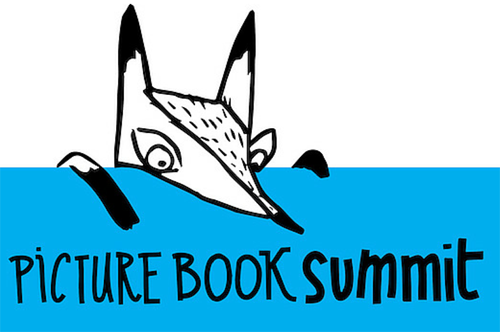





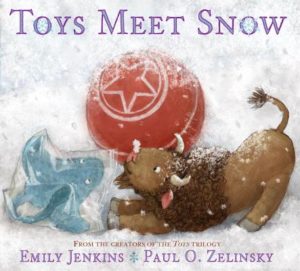
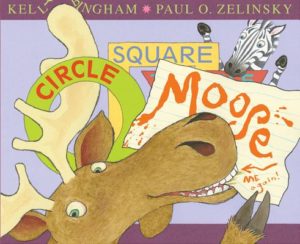
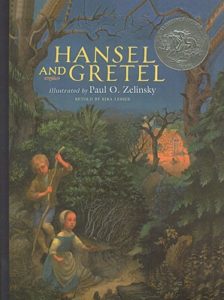


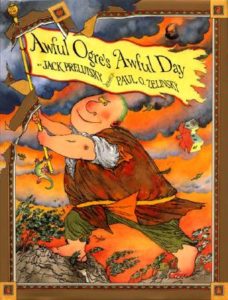

 Carrie Charley Brown
Carrie Charley Brown